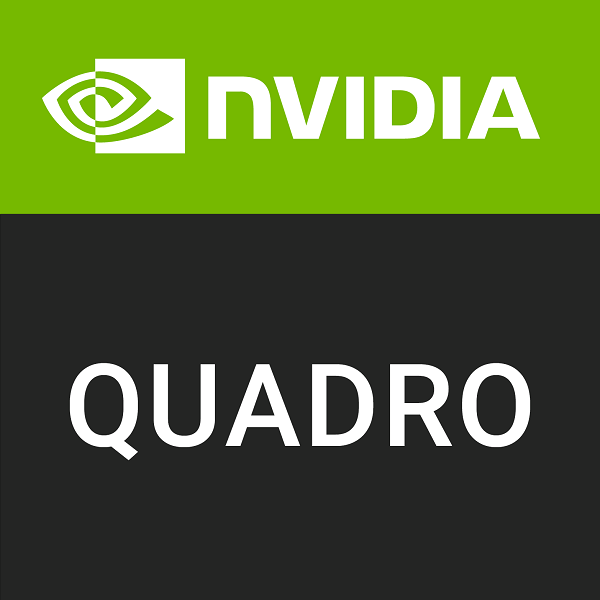RTX A6000 vs Data Center GPU Max Subsystem
We compared two Professional market GPUs: 48GB VRAM RTX A6000 and 128GB VRAM Data Center GPU Max Subsystem to see which GPU has better performance in key specifications, benchmark tests, power consumption, etc.
Main Differences
RTX A6000 's Advantages
Boost Clock has increased by 12% (1800MHz vs 1600MHz)
Lower TDP (300W vs 2400W)
Data Center GPU Max Subsystem 's Advantages
Released 2 years and 3 months late
More VRAM (128GB vs 48GB)
Larger VRAM bandwidth (3205GB/s vs 768.0GB/s)
5632 additional rendering cores
Score
Benchmark
FP32 (float)
RTX A6000
38710
Data Center GPU Max Subsystem
+35%
52430
Graphics Card
Oct 2020
Release Date
Jan 2023
Quadro Ampere
Generation
Data Center GPU
Professional
Type
Professional
PCIe 4.0 x16
Bus Interface
PCIe 5.0 x16
Clock Speeds
1410 MHz
Base Clock
900 MHz
1800 MHz
Boost Clock
1600 MHz
2000 MHz
Memory Clock
1565 MHz
Memory
48GB
Memory Size
128GB
GDDR6
Memory Type
HBM2e
384bit
Memory Bus
8192bit
768.0GB/s
Bandwidth
3205GB/s
Render Config
84
SM Count
-
10752
Shading Units
16384
336
TMUs
1024
112
ROPs
0
336
Tensor Cores
1024
84
RT Cores
128
128 KB (per SM)
L1 Cache
64 KB (per EU)
6 MB
L2 Cache
408 MB
Theoretical Performance
201.6 GPixel/s
Pixel Rate
0 MPixel/s
604.8 GTexel/s
Texture Rate
1638 GTexel/s
38.71 TFLOPS
FP16 (half)
52.43 TFLOPS
38.71 TFLOPS
FP32 (float)
52.43 TFLOPS
604.8 GFLOPS
FP64 (double)
52.43 TFLOPS
Board Design
300W
TDP
2400W
700 W
Suggested PSU
2800 W
4x DisplayPort 1.4a
Outputs
No outputs
8-pin EPS
Power Connectors
1x 16-pin
Graphics Processor
GA102
GPU Name
Ponte Vecchio
Ampere
Architecture
Generation 12.5
Samsung
Foundry
Intel
8 nm
Process Size
10 nm
28.3 billion
Transistors
100 billion
628 mm²
Die Size
1280 mm²
Graphics Features
12 Ultimate (12_2)
DirectX
12 (12_1)
4.6
OpenGL
4.6
3.0
OpenCL
3.0
1.3
Vulkan
N/A
8.6
CUDA
-
6.7
Shader Model
6.6



